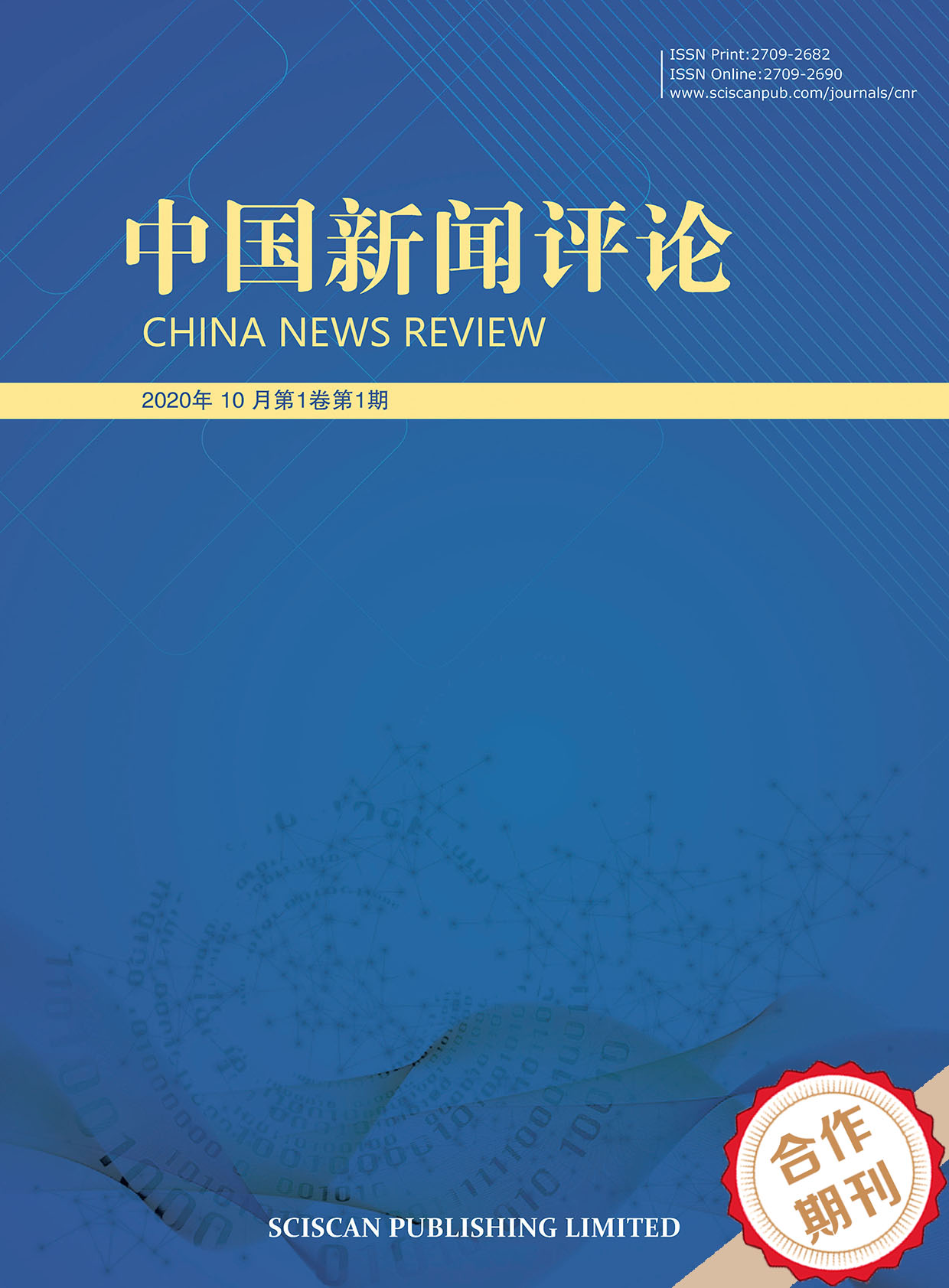China News Review
ISSN Print: 2709-2682
ISSN Online: 2709-2690
Contact Editorial Office
Subscribe to the latest published information from SCISCAN
新冠肺炎疫情期间《新闻 1+1》 网络议程设置探究
Research on the Network Agenda Setting of “News 1+1” during the Covid-19 Epidemic
- Authors: 井然 吴玉兰
-
Information:
-
-
Keywords:
Covid-19 Epidemic; Network agenda setting; News 1+1; Topic新冠肺炎疫情; 网络议程设置; 新闻 1+1; 议题
- Abstract: With the advent of the Internet era, the status of transmission and reception has changed, and the “powerful influence” of the media on the public has been questioned. At the same time, more and more studies show that the cognitive structure of human beings is close to the network structure rather than the arrangement of linear forms, which challenges the traditional research on agenda setting. Based on this, scholars such as Guo Lei and McCombs draw lessons from the theoretical framework of network analysis, and put forward the third level of agenda setting: network agenda setting theory (or NAS theory). The comprehensive framework provided makes it possible to analyze the integration of objects and attributes. During the Covid-19 epidemic, the only “Current Affairs News Review Live Program” “News 1+1” on CCTV News Channel continuously launched a live news review program with the theme of “Today’s Epidemic Concern”, bringing timely professional information on fighting the epidemic to the audience, striving to eliminate the uncertainty of the audience, giving full play to the advantages of the platform and guiding public opinion. This paper takes “News 1+1” as the research object, selects 97 programs from January 15 to May 19, 2020 (before the “two sessions”) as samples, uses NetDraw software to sort out relevant data, and explores how to choose topics for “News 1+1” programs under the theoretical framework of network agenda setting, and then influences audience cognition through network agenda setting. On this basis, from the dimensions of rigid and single frame design, excessive repetition of communication content and limited means of measuring communication effect, this paper makes a realistic reflection on the setting of the program network agenda, in order to provide reference for the future development of the program and to deal with unexpected events. 随着互联网时代的到来,传受地位的改变,媒体对公众产生的“强大影响”受到质疑。同时,越来越多的研究表明,人类的认知结构并非线性形态的排列,而是接近于网络结构,这些都对传统的议程设置研究发起了挑战。基于此,郭蕾和麦库姆斯等学者借鉴网络分析的理论框架,提出了议程设置的第三个层次:网络议程设置理论(或称 NAS 理论)。该提供的统摄性框架,使得对客体与属性的整合性分析成为可能。新冠肺炎疫情期间,中央电视台新闻频道唯一一档“时事新闻评论直播节目”《新闻 1+1》持续推出以“今日疫情关注”为主题的新闻评论直播节目,为观众及时带来有关抗击疫情的专业信息,努力消除观众的不确定性,发挥平台和节目自身优势,引导舆论。本文以《新闻 1+1》为研究对象,选取 2020 年 1 月 15 日到 5 月 19 日(“两会”前)的共 97 期节目为样本,运用 NetDraw 软件整理相关数据,在网络议程设置理论框架下,探究《新闻 1+1》节目如何选择议题,进而通过网络议程设置影响受众认知。在此基础上从框架设计僵化单一、传播内容过度重复以及传播效果测量手段有限等维度,对节目网络议程设置进行现实反思。
- DOI: https://doi.org/10.35534/cnr.0202009 (registering DOI)
- Cite: 井然,吴玉兰.新冠肺炎疫情期间《新闻 1+1》网络议程设置探究[J].中国新闻评论,2021,2(2):115-129.
















